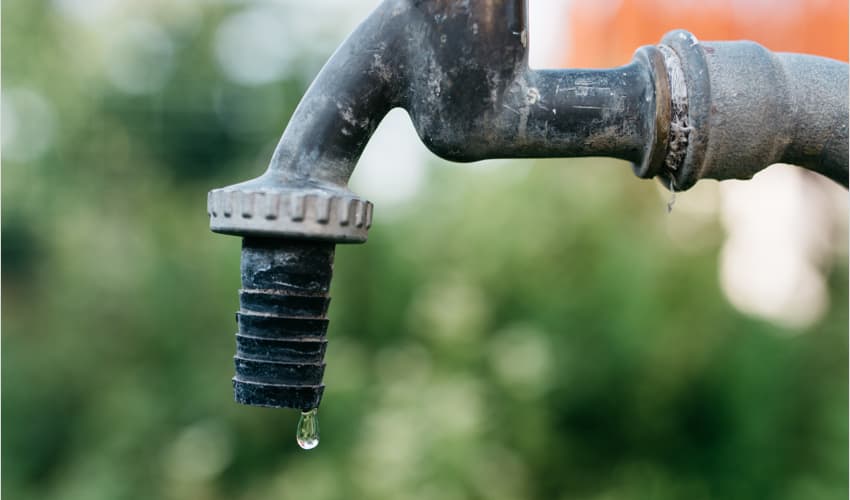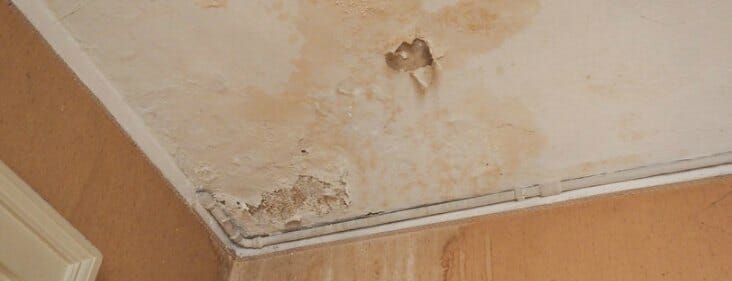Learn About Main Origins Contributing To Water Leakage in Your Home
Learn About Main Origins Contributing To Water Leakage in Your Home
Blog Article
This article which follows involving How to detect water leaks in your home is extremely enjoyable. Don't miss it.

Leakages not just trigger waste of water however can additionally cause unnecessary damage to your residence and also advertise undesirable natural development. By understanding as well as looking for day-to-day scenarios that trigger leaks, you can protect your home from future leakages and also unnecessary damage.
Immediate temperature level modifications.
Extreme temperature level adjustments in our pipelines can trigger them to increase and contract unexpectedly. This development and contraction might trigger splits in the pipes, especially if the temperature are below freezing. It would be best if you watched on how your plumbing works. The visibility of the previously discussed scenarios often suggests a high threat.
Corroded water supply
This might be the reason of discoloration or bending on your water pipes. If our plumbing system is old, consider replacing the pipelines since they are at a higher risk of corrosion than the more recent versions.
Faulty Pipe Joints
Pipeline joints can wear away over time, resulting in water leaks. If you have loud pipelines that make ticking or banging noises, especially when the warm water is turned on, your pipeline joints are possibly under a whole lot of pressure.
Elbowing in origins
Many water leaks start outside the residence rather than inside it. You may observe wet patches or sinkholes in your backyard, and that might indicate that tree roots are attacking water lines triggering water to seep out.
Poor Water Connectors
Sometimes, a leakage can be caused by loose hose pipes and pipes that supply your home appliances. Usually, moving is what causes the loosened water Connections. You might find in the case of a washing equipment, a hose might spring a leak due to shaking throughout the spin cycle. In case of a water links leakage, you may notice water running directly from the supply line or puddles around your devices.
Blocked Drains
Blocked drains pipes might be bothersome as well as inconveniencing, yet they can often wind up causing an overflow leading to burst pipes. Maintain getting rid of any type of products that might decrease your drains pipes that can obstruct them to avoid such aggravations.
All the above are causes of leakages yet not all water leaks result from plumbing leakages; some leakages might come from roofing system leakages. All leaks ought to be repaired promptly to stay clear of water damages.
Leakages not only trigger waste of water yet can additionally create unnecessary damages to your home as well as promote undesirable organic development. By comprehending and looking for daily situations that create leaks, you can shield your home from future leaks as well as unneeded damage. Today, we will certainly look at six leak triggers that might be creating your pipelines to drip.
At times, a leak can be triggered by loose pipes and pipes that supply your devices. In case of a water links leakage, you may see water running straight from the supply line or pools around your appliances.
How To Check For Water Leak In Your Home
How To Check for Leaks
The average household's leaks can account for nearly 10,000 gallons of water wasted every year and ten percent of homes have leaks that waste 90 gallons or more per day. Common types of leaks found in the home are worn toilet flappers, dripping faucets, and other leaking valves. These types of leaks are often easy to fix, requiring only a few tools and hardware that can pay for themselves in water savings. Fixing easily corrected household water leaks can save homeowners about 10 percent on their water bills.
To check for leaks in your home, you first need to determine whether you're wasting water and then identify the source of the leak. Here are some tips for finding leaks:
Take a look at your water usage during a colder month, such as January or February. If a family of four exceeds 12,000 gallons per month, there are serious leaks.
Check your water meter before and after a two-hour period when no water is being used. If the meter changes at all, you probably have a leak.
Identify toilet leaks by placing a drop of food coloring in the toilet tank. If any color shows up in the bowl after 10 minutes, you have a leak. (Be sure to flush immediately after the experiment to avoid staining the tank.)
Examine faucet gaskets and pipe fittings for any water on the outside of the pipe to check for surface leaks.
Undetected water leaks can happen without the home or business owner even realizing. If you suspect a water leak, but not able to find the source. It is time to contact a professional water leak detection service, The Leak Doctor.
How To Find a Water Leak In Your Home
https://www.leakdoctor.com/blog/How-To-Check-For-Water-Leak-In-Your-Home_AE197.html

We had been shown that write-up on How to detect water leaks in your home from a friend on a different web page. Liked our blog entry? Please share it. Let other people check it out. I value reading our article about How to detect water leaks in your home.
Overflow? Ring now! Report this page